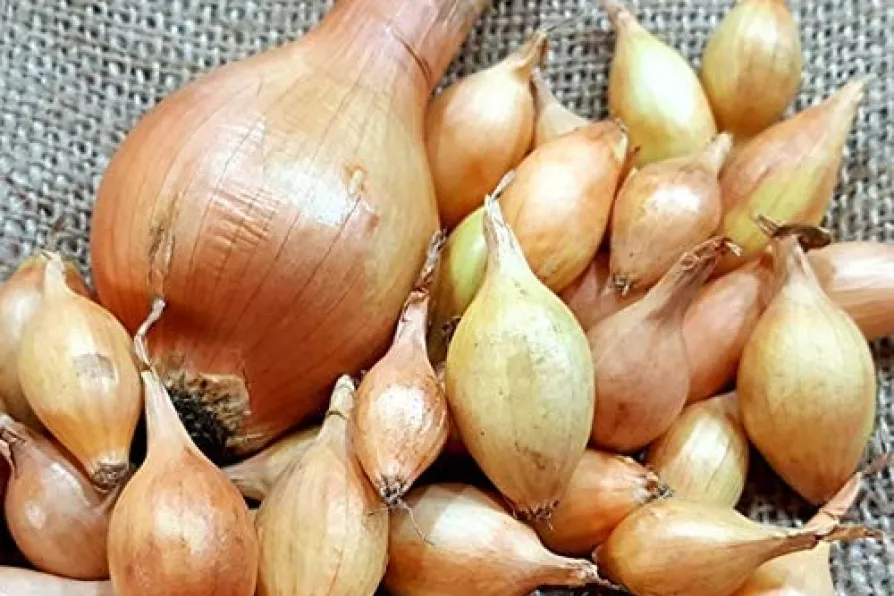After years hidden away, Oldham’s memorial to six local volunteers who died fighting fascism in the Spanish civil war has been restored to public view, marking both a victory for campaigners and a renewed tribute to the town’s proud International Brigade heritage, says ROB HARGREAVES
Time to plant your Japanese onions
Gardening with MAT COWARD


ONE of the most useful vegetables you can sow at this time of year is overwintering onions, also known as Japanese onions, because that’s where the original cultivars were bred.
They are bulb onions — similar to, though generally a bit smaller than, familiar maincrop types — but they’re winter hardy and need less light than summer varieties.
Sown in August, planted out in September, they’ll be ready for eating early next summer.
Similar stories

MAT COWARD presents a peculiar cabbage that will only do its bodybuilding once the summer dies down

MAT COWARD rises over such semantics to offer step by step, fool-proof cultivating tips

MAT COWARD battles wayward pigeons in pursuit of a crop of purple sprouting broccoli

Although there’s not much growing in the garden in January, globe artichokes are worth a try if you follow these tips from MAT COWARD










